When Legacy Meets Chemistry: Porsche’s eFuel Bet
As most of the automotive world races headlong into electrification, Porsche is choosing a more nuanced path. While the company continues to expand its electric vehicle (EV) portfolio with models like the Taycan and the upcoming electric Macan, it’s also heavily investing in synthetic fuels—commonly known as eFuels—as a parallel strategy. This isn’t simply an engineering experiment. It’s a cultural decision, rooted in Porsche’s desire to preserve its racing legacy, mechanical soul, and iconic internal combustion engine (ICE) experience. In 2025, with climate pressure rising and regulatory timelines tightening, Porsche’s eFuel gamble is being watched closely by both environmental watchdogs and automotive purists.
eFuels are not just about alternative power—they’re about narrative control. For Porsche, it’s the idea that performance, emotion, and sustainability can coexist without a wholesale surrender to lithium-ion batteries. But can synthetic fuels truly offer a viable bridge, or is it just a beautifully engineered detour? To answer that, we must first understand how eFuels work, where Porsche is putting its chips, and what tensions are brewing beneath this seemingly green promise.
What Exactly Are eFuels, and Why Now?
Synthetic fuels, or eFuels, are created by synthesizing hydrogen with captured carbon dioxide to produce a fuel that can be used in existing internal combustion engines. The process is powered by renewable electricity—hence the term “electrofuel.” In theory, eFuels are carbon-neutral because the CO₂ emitted when burned is equal to the CO₂ removed during production. Unlike biofuels, eFuels do not require vast tracts of farmland or food crop conversion, making them attractive from an environmental land-use perspective.
In practice, however, the production of eFuels is incredibly energy-intensive. Electrolysis to produce hydrogen requires enormous amounts of clean electricity, and the conversion process to create synthetic hydrocarbons adds additional complexity and cost. As of 2025, the cost of producing one liter of eFuel is significantly higher than either gasoline or electricity used for EVs. Still, for Porsche, the equation is not purely economic—it’s emotional and strategic.
Preserving Heritage: Why eFuels Matter to Porsche
Porsche is not just a car company; it’s a brand built on motorsport glory, engine acoustics, and mechanical intimacy. The howl of a flat-six engine, the click of a manual gearbox, and the smell of exhaust fumes are not just incidental—they are sensory ingredients of the Porsche experience. Electrification, while undeniably efficient and increasingly fast, risks flattening this identity into sterile silence.
By investing in eFuels, Porsche seeks to preserve ICE technology not as a mainstream solution, but as a niche offering for heritage models, motorsport, and high-performance drivers. This is why Porsche opened its pilot eFuel production plant in Punta Arenas, Chile, in partnership with companies like Siemens Energy and HIF Global. The location was chosen for its consistent wind energy and access to water and CO₂—key ingredients for scalable eFuel production.
In a recent public statement, Porsche’s leadership emphasized that eFuels could keep legacy 911 models on the road well into the future without a guilty carbon footprint. More provocatively, Porsche wants to keep internal combustion alive in motorsport—particularly in events like Le Mans and rally racing, where sound, endurance, and engine dynamics are integral to the spectacle.
Motorsport as a Laboratory and Justification
Porsche’s racing DNA is central to its eFuel push. The company has long viewed motorsport as a testing ground for future technologies. Decades ago, Porsche used endurance races to refine turbocharging and hybrid systems. In 2025, it’s using racing to validate eFuel performance.
In fact, Porsche has already run select GT3 Cup cars on synthetic fuels and plans to expand usage in customer racing series. This allows Porsche to collect real-world data on combustion, emissions, engine wear, and fuel behavior under extreme conditions. If eFuels can hold up on a racetrack, they could theoretically power road cars—at least for drivers who demand more than silent propulsion.
From a branding standpoint, motorsport use also sends a powerful message: Porsche isn’t giving up what makes it unique. Unlike brands that lean fully into EV narratives, Porsche is making a case for coexistence—an ICE future that’s clean, not canceled.
The Carbon Controversy and Political Pushback
Despite the romance of reviving combustion with zero guilt, the eFuel project has drawn skepticism. Environmental analysts argue that eFuels are inefficient compared to direct electrification. According to independent studies, the energy required to produce eFuel and run a vehicle with it is up to five times greater than the energy needed to power a battery-electric vehicle over the same distance.
There’s also the issue of opportunity cost. Should nations divert clean electricity to make eFuels for wealthy sports cars, or use that energy to decarbonize freight transport and public infrastructure? Critics worry that eFuels might become a tool for regulatory loopholes, allowing luxury automakers to prolong ICE production under the banner of innovation.
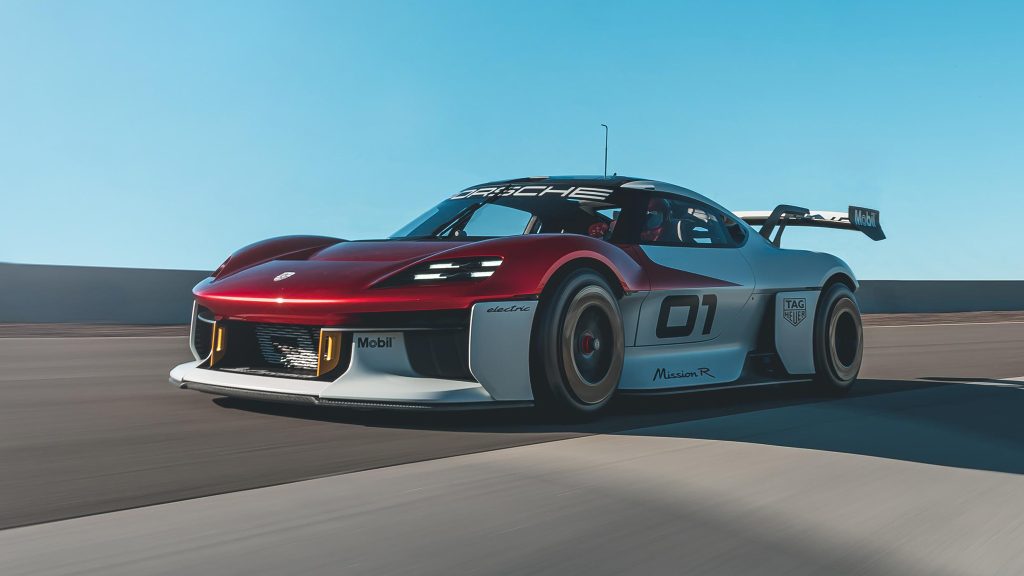
Still, there are signs of political support—especially in Germany, where automotive heritage is a national asset. In 2023, a coalition of EU nations pushed for exemptions for synthetic fuels in future ICE bans. Porsche’s lobbying was central to this effort, arguing that eFuels can keep Europe’s mechanical icons on the road without sacrificing net-zero ambitions.
Reality Check: Scaling, Cost, and Consumer Demand
Even if eFuels become technically viable, the issue of scaling remains enormous. Porsche’s Chilean pilot plant aims to produce 130,000 liters of eFuel annually—enough to power fewer than 1,000 cars. For comparison, a small EV battery factory can support 100,000 vehicles in the same timeframe.
To scale meaningfully, Porsche and partners will need vast infrastructure, international agreements, and market incentives. Fuel pricing is another barrier. In 2025, eFuel costs over $10 per gallon, placing it squarely in the luxury bracket. Porsche customers may tolerate that premium, but mass adoption seems unlikely without dramatic cost reductions.
Moreover, consumer perception is shifting. While some diehard enthusiasts still prefer ICE, a growing number of drivers—especially younger generations—are embracing EVs for their instant torque, low maintenance, and environmental appeal. Porsche may find itself catering to a dwindling demographic if eFuel viability doesn’t improve quickly.
What eFuels Represent Beyond Porsche
Porsche’s eFuel campaign is not just about keeping sports cars relevant—it’s a philosophical stand against homogeneity in transportation. EVs, while efficient, risk turning all cars into digital appliances. Porsche wants to offer an alternative: an emotional, mechanical driving experience that doesn’t carry environmental shame.
If successful, Porsche’s eFuel strategy could set a precedent for other luxury or heritage brands—think Ferrari, Lamborghini, and Aston Martin—who are facing similar identity crises. eFuels could power not just engines, but brand legacies. But that dream hangs in a delicate balance between passion and practicality.
Conclusion: Can Chemistry Compete With Voltage?
As of 2025, Porsche is still straddling two worlds. Its EV portfolio is growing, its charging network expanding, and its software architecture maturing. But in parallel, its investments in eFuels remain steady, almost defiant. For Porsche, the question isn’t “if” the EV transition will happen—it’s whether the combustion engine deserves a dignified second life.
Synthetic fuels offer a poetic solution, one that tries to reconcile heritage with progress. But poetry alone won’t solve climate change. Whether eFuels become a legitimate third pillar of sustainable transport or remain a niche indulgence will depend on global cooperation, technological breakthroughs, and consumer will.
In the meantime, Porsche continues to fuel dreams—quietly with electrons, and loudly with liquid flame.


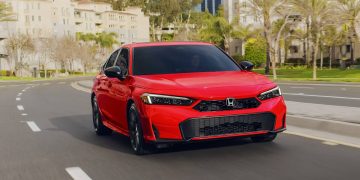
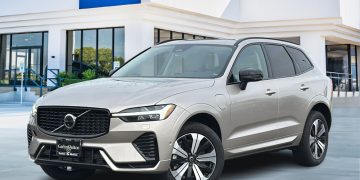


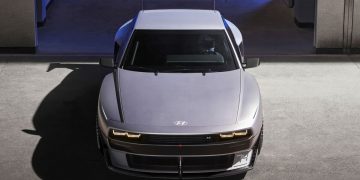


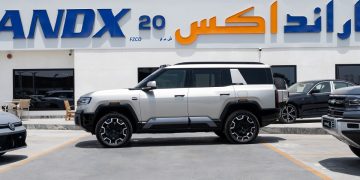











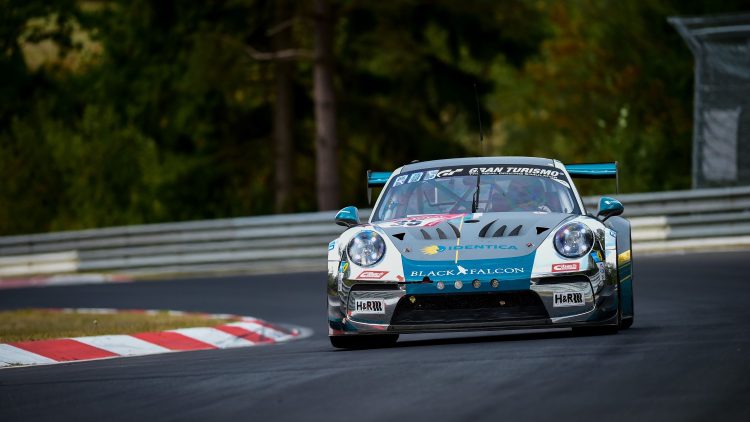












Discussion about this post